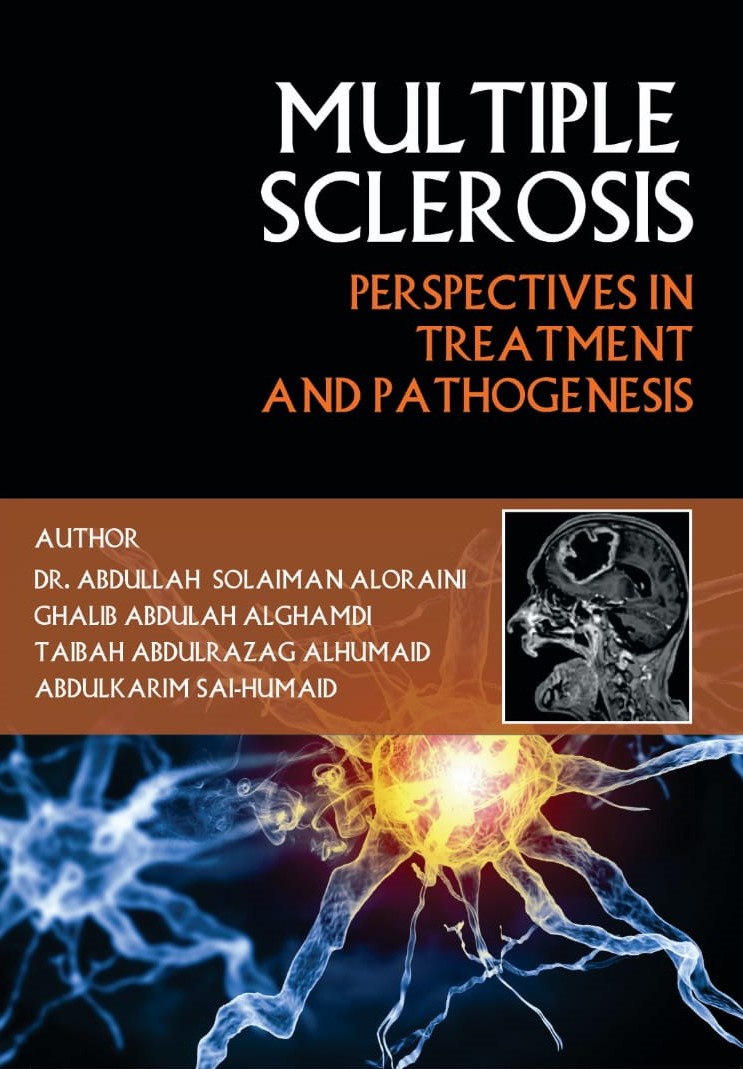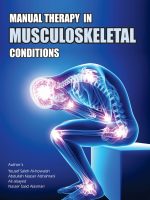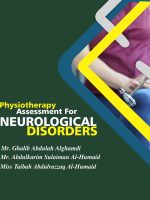Multiple sclerosis has a high genetic association signal at chromosome 6p21.3, in the major histocompatibility complex (MHC). About 160 related genes are clustered in this 4-megabase area. “Six classic transplantation human leukocyte antigen (HLA) genes play crucial roles in immunological control (12). These are the class I HLA- A, HLA-B, and HLA-C genes, and the class II HLA-DPB1, HLA-DQB1, and HLA-DRB1 genes.” There have been over 15,000 different alleles discovered for HLA genes so far.
This means that HLA genes are very variable. In 1972, using serological reagents, researchers discovered an increase in the frequency of surface glycoproteins encoded by the HLA-A3 and HLA-B7 class I alleles in MS patients (13, 14), providing the first evidence of a link between HLA and MS risk. “In the years that followed, several studies were conducted, and the connection between the HLA locus and MS risk was independently repeated across all populations tested, in both primary progressive and relapsing-remitting patients. Better powered research, including genome-wide association studies (GWAS), have indicated that the predominant MS susceptibility signal throughout the genome maps to the HLA-DRB1 gene in the class II area of the MHC, despite the fact that the first connection was to class I HLA-A and HLA-B alleles. The biggest impact is from the HLA-DRB1*15:01 variant, with an average odds ratio of 3.08 and a clear dosage response to zero, one, or two copies of the allele carried by a person. It has also been shown that the class I area of the locus is subject to complicated allelic hierarchical lineages, cis/trans-epistatic and haplotypic effects, and separate protective signals.










Be the first to review “Multiple Sclerosis: Perspectives in Treatment and Pathogenesis”
You must be logged in to post a review.